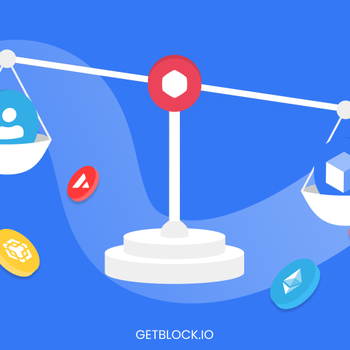GitLab 13.4 combines CI and Vault
TL;DR
GitLab version 13.4 enables secrets managed in Hashicorp's Vault to be injected into the Continuous Integration (CI) process.

Key Facts
With version 13.4, GitLab extends the platform's DevSecOps capabilities with new features.
The integration of direct injection of secrets managed in the Hashicorp Vault into the Continuous Integration (CI) process.
The integration of the new GitLab Kubernets agent (GKA).
The support for automatic version control for new Terraform states files
Integration of GitLab Security Center (formerly GitLab Instance Security Dashboard) with reports and vulnerability settings.
Details
GitLab 13.4 incorporates other enhancements, such as allowing deployment without code access privileges to keep development and deployment tasks separate. In other words, the Deployer role follows the least privilege access concept, enabling developers to accept merge requests and deploy code in secure environments without needing access to change the code itself. This version comes also with enhancements in UX.
Get similar news in your inbox weekly, for free
Share this news:
Latest stories
How ManageEngine Applications Manager Can Help Overcome Challenges In Kubernetes Monitoring
We tested ManageEngine Applications Manager to monitor different Kubernetes clusters. This post shares our review …
AIOps with Site24x7: Maximizing Efficiency at an Affordable Cost
In this post we'll dive deep into integrating AIOps in your business suing Site24x7 to …
A Review of Zoho ManageEngine
Zoho Corp., formerly known as AdventNet Inc., has established itself as a major player in …
Should I learn Java in 2023? A Practical Guide
Java is one of the most widely used programming languages in the world. It has …
The fastest way to ramp up on DevOps
You probably have been thinking of moving to DevOps or learning DevOps as a beginner. …
Why You Need a Blockchain Node Provider
In this article, we briefly cover the concept of blockchain nodes provider and explain why …
Top 5 Virtual desktop Provides in 2022
Here are the top 5 virtual desktop providers who offer a range of benefits such …
Why Your Business Should Connect Directly To Your Cloud
Today, companies make the most use of cloud technology regardless of their size and sector. …
7 Must-Watch DevSecOps Videos
Security is a crucial part of application development and DevSecOps makes it easy and continuous.The …








